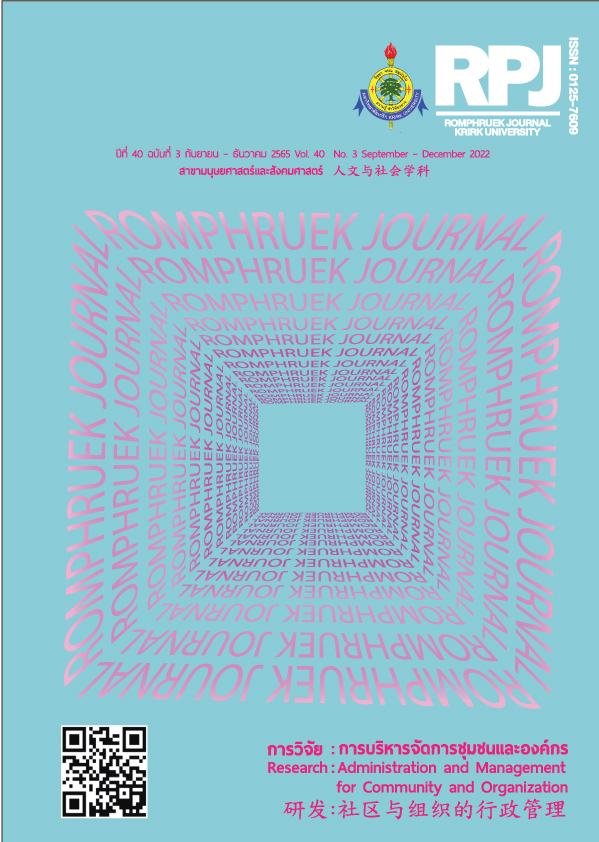Research on Synergistic Effect Evaluation of Merger and Acquisition of Cement Industry of China
Main Article Content
Abstract
Under the background of serious overcapacity and supply-side structural reform in China's cement industry, mergers and acquisitions of cement enterprises are increasingly frequent, but little is known whether the synergistic effect after merger and reorganization is significant. This study is based on the merger and reorganization and synergistic effect theory, from the operating synergy, management and financial synergy effect of China cement enterprise merger synergy effect evaluation system, including three primary indicators, 12 secondary indicators, and 36 tertiary indicators, in mainland China. 15 cement listed companies were selected for empirical research, using weighted factor analysis of merger and reorganization synergy evaluation. The research results showed that significant business synergies; management synergies were significant in production management and organizational management; the overall performance of financial synergies was not significant. The conclusion of this study helped to enrich the synergistic effect theory of merger and reorganization, and also provided valuable enlightenment for the subsequent merger and reorganization practice of other cement enterprises.
Article Details

This work is licensed under a Creative Commons Attribution-NonCommercial-NoDerivatives 4.0 International License.
Every article published in the Romphruek Journal of the Humanities and Social Sciences is the opinion and point of view of the authors. Thery're not the viewpoint of Krirk University or the editored department. Any part or all of the articles for pablication must be clearly cited.
References
Alanson Meeks. (1997). Agency costs, asset specificity, and the capital structure of the firm.Journal of Economic Behavior & Organization, 32(44), 45-62.
Alexander R. Slusky. (1999). Synergy, agency, and the determinents of premia paid in mergers.The Journal of Industrial Economics, 18(3), 277-296.
Changzheng Wang. (2002). Several problems that should be paid attention to in the reform and restructuring of central enterprises. Comparison of Economic and Social Systems, 24(6), 11-16.
Guan Zhuang. (2005). Research on enterprise M&A integration model based on core ability. Soft Science, 19(1), 93-95.
Jin, Zhang. (2006). Practical analysis of synergistic effect in Chinese enterprise merger and acquisition integration. Technology Economy Market, 17(2), 58-65.
Krugman Marshall. (1890). Globalization and the inequality of nations. Quarterly Journal of Economics, 8(60), 857-880.
Lehto, E. & Barney. (2004). Becoming an acquirer and becoming acquired. Technological Forecasting and Social Change, 71(8), 635-650.
Liuliang Xiao. (2011). The dynamics of mergers and acquisitions. International Critical Thought, 1(2), 171-185.
Lv Jiang. (2015). Financial risks and prevention of state-owned enterprises. Finance and Economics : Academic Edition, 63 (14), 205-206.
Roll Richard. (1986). The hubris hypothesis of corporate takeovers. Jourual of Business, 59(4), 197-217.
Shunlong Zhao. (2004). Research on the target and operation mechanism of central enterprise reorganization. China Administration, 28(6), 98-100.
Wengang Liu. (1999). Integration and collaboration after enterprise M&A. Learning and Exploration, 12(9), 47-52.


